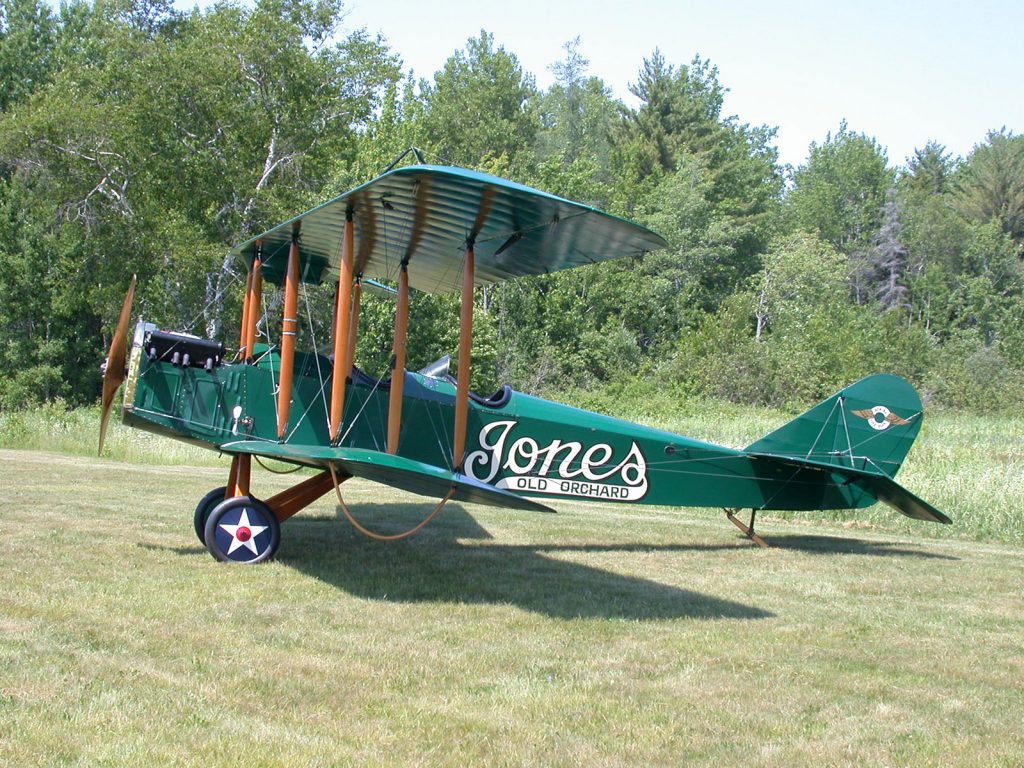1918 Standard J-1








Description
In 1917, with the sudden need for aircraft to train American military pilots, the Curtiss Aeroplane Company and five other companies churned out new Curtiss JN-4 “Jenny” trainers. Even this did not solve the shortage of military training aircraft. The Standard Aircraft Corporation in New Jersey tried to help with its Model J training plane. Although the company had only been formed in 1916, the chief designer, Charles Healy Day, had been building aircraft since 1909.
The government…
In 1917, with the sudden need for aircraft to train American military pilots, the Curtiss Aeroplane Company and five other companies churned out new Curtiss JN-4 “Jenny” trainers. Even this did not solve the shortage of military training aircraft. The Standard Aircraft Corporation in New Jersey tried to help with its Model J training plane. Although the company had only been formed in 1916, the chief designer, Charles Healy Day, had been building aircraft since 1909.
The government agreed to buy 1600 J-1s from Standard, but soon regretted the decision. The new design was plagued by a series of problems, primarily that its Hall-Scott A-7 engine was prone to catch on fire in flight. When Curtiss production caught up to demand, the government cancelled the J-1 program.
After the war, numerous companies bought surplus J-1s from the government and modified them for private use. The major innovation was replacing the 4-cylinder 90-100hp Hall-Scott with the 8-cylinder 150-220hp Hispano-Suiza. Although the new engines added 200 pounds to the aircraft, the increased power improved the J-1’s top speed, rate of climb, and altitude ceiling.
Like the Curtiss Jenny, the Standard J-1 had many different uses in the 1920s. The first US Post Office airmail planes were modified J-1s. Barnstormers found the larger wings and lower stall speed an excellent stage for performing wingwalking and other stunts across the country. The large front cockpit on the J-1 meant barnstormers could also fit two passengers into the plane for paid flights, while the Jenny could only carry one.
This Standard J-1 represents one flown by Harry M. Jones of Old Orchard Beach, Maine. Jones operated an airport and flying service from 1919-1933 using a variety of aircraft, including a J-1 and a Jenny.
